The Acacias night-club was a hall at the rear of the Hotel Acacias sited at 47 Rue des Acacias near the Bois de Bologne with a garden utilized for the summer. It was one of the many night-resorts in Paris in the Jazz Age that became a favoured rendezvous of high society throughout the 1920s. The roster of performers who appeared at Les Acacias was astonishing, providing a veritable Who’s Who of glittering international stars of stage and cabaret.
The first time the Acacias was utilized as a night-resort was in the summer of 1920 since there was a jazz tea from 4-7 and dinner in the evening with dancers and dancing. Perhaps it was the owners and management of the hotel that were responsible, but by the following summer in 1921 the running of the venue was taken over by the legendary singer and dancer Maurice Chevalier and the actor and writer Saint-Granier, who began describing the place as their new country house. Since both were working at the Casino de Paris they utilizing artists from the Casino de Paris to decorated the interior of the hall and the garden. The duo continued a daily dansant and dinner under the trees.
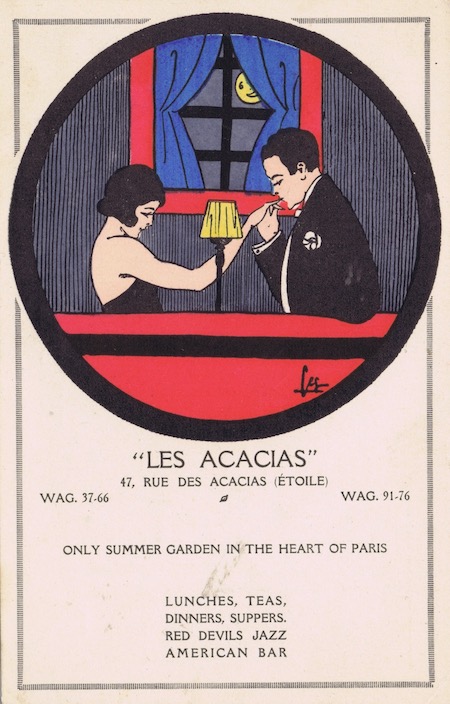
However, the real success of Les Acacias and debut as a society dancing was the following summer in 1922 when Elsa Maxwell opened it with Oscar Mouvet as manager and Jenny Dolly and Clifton Webb as the star attraction.
Elsa Maxwell claimed she decided to open a high class cabaret in Paris, described as ‘Elsa Maxwell’s Hot-Weather Haunt’ and that the idea for the place was her unique conception, which was not true. She quickly found a backer in the English couturier Captain Edward Molyneux. Maxwell, was once described as the ‘leviathan of international café society’ and was a small, stout woman from San Francisco, who was ebullient and overwhelming. She used her only skill – a remarkable ability to organise things – to make her name as ‘a licensed buffoon, a jester and doyenne of party-giving on two continents’, and thus became socially acceptable. Society became her life and her profession and she used her wide acquaintances to propel herself as a society hostess.
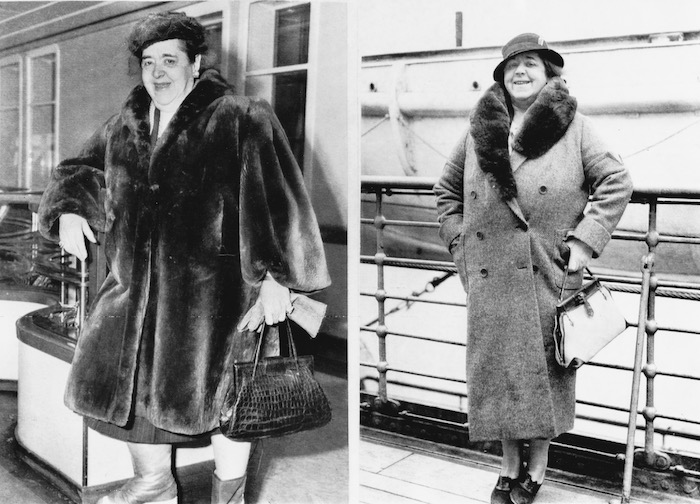
When the Acacias re-opened it had been redesigned in the style of a Southern plantation since something novel always attracted attention. In the kitchen a black mammy cooked southern dishes and we are told that ‘piccaninnies’ served the guests. The star attraction was Jenny Dolly, of the famous Dolly Sisters, minus her sister Rosie, who was partnered by the American dancer and singer Clifton Webb, fresh from his spell under C.B. Cochran’s guidance in London. Their appearance was described by Vogue as ‘a magnificent affair’. The pair danced beneath the trees to the light of the moon and the electric lamps. Webb also sang songs from The Music Box Revue and Good Morning Dearie.

Jenny was expensively gowned by Molyneux and made an entrance every night covered in a reversible cloak of silver cloth lined with black velvet and adorned with an abundance of white feathers together with a headdress of black and white paradise plumes worth a fortune. Underneath the cloak was a lacquered silver cloth gown with a wide girdle embroidered with diamonds and pearls. She also wore a coral pink frock, a girdle embroidered with coral and pink steel beads and a cloak of steel-coloured lamé cloth embroidered with silver, and finally a gown of lacquered gold cloth with a wide girdle of diamonds and topaz and a headdress of grapes in shades of jade and cobalt.
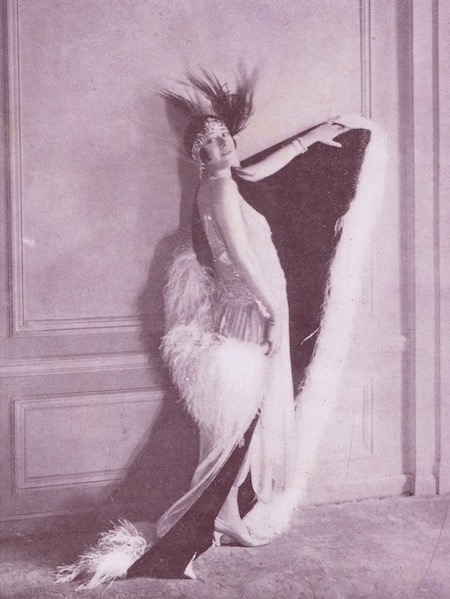
All smart Parisian society took tables for the great opening event: Baron and Baronne Rothschild, Cécile Sorel, the great French actress and doyenne of the Comédie Française, Elsie de Wolfe, the first lady of interior design, Marquis de Castellane, the elegant man about Paris and social arbiter of France, the elegant opera singer Mary Garden and prima ballerina Anna Pavlova were among the notable first night guests.
The concept for the new Acacias Gardens, as the Americans called it, was in fact a duplicate of the New York venue known as The Plantation. This Broadway cabaret-restaurant, formerly known as the Folies Bergere, that was located in the Winter Garden building and had opened on 15th February 1922 with an all coloured show in a southern plantation setting staged and conceived by Lew Leslie. Despite the fact that Maxwell claimed the Acacias was her idea, she says nothing about where the Southern plantation idea came from. It is interesting that Jenny Dolly had been in New York at the time Lew Leslie launched the Plantation Club; she must have enjoyed the pleasures of this new venue. Did Jenny give Maxwell the idea in the first place?
Maxwell also fails to mention in her autobiography that Oscar Mouvet was the manager of the Acacias. The equally renowned and socially connected Mouvet was the brother of Maurice Mouvet, the famous ballroom dancer, and became one of the best-known American entertainment entrepreneurs in Paris. After the war he spent some time as a manager for his brother and ran Maurice’s Club at the Grande-Bretagne Hotel before running the Acacias. Whatever the truth behind the opening of the new Acacias, it became the number one nightspot in Paris, with the social elite of Paris clamouring to get in.
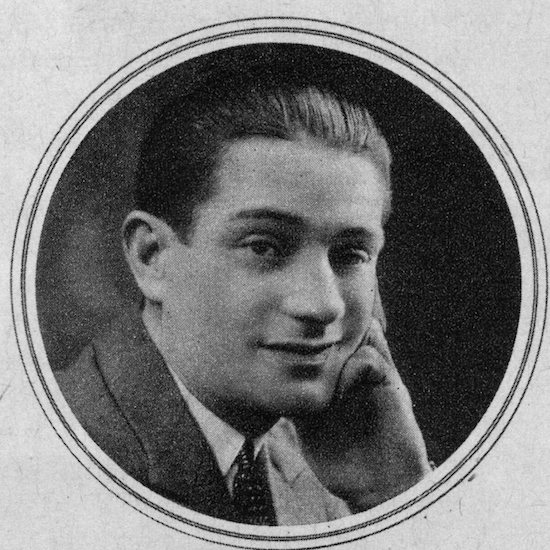
But the enterprise only lasted for the summer 1922 season, and what must have been the concession from the Hotel Acacias, was taken by Charlie Stuart with Harry Pilcer, another celebrated American performer, and former partner to Gaby Delsys who had made Paris his home as artistic director. The venue was kept open throughout the winter season, first with the Red Devil’s Jazz Band and then the White Lyres Havana Band. Harry Pilcer himself danced with Winnie Richmond. It was also made clear that there were two ‘rooms’ – a grill room and the garden.

After a short period of closure, the Acacias re-opened in May 1923 with the celebrated ballroom dancers Moss and Fontana headlining for a six-week season followed in July by a season from the Trio Gomez in Aragonese dances.
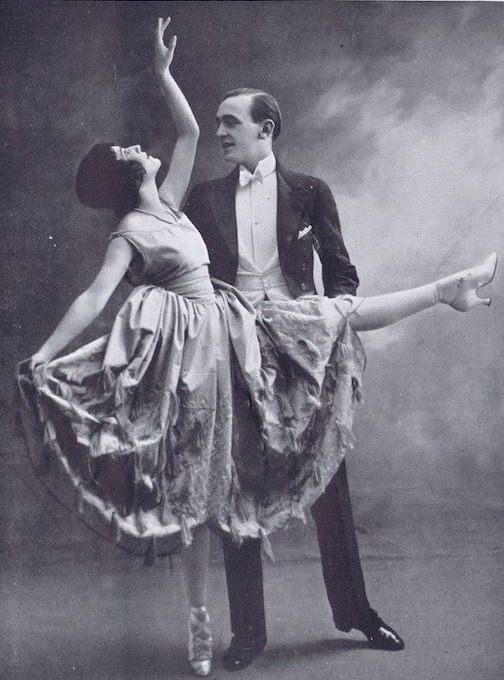
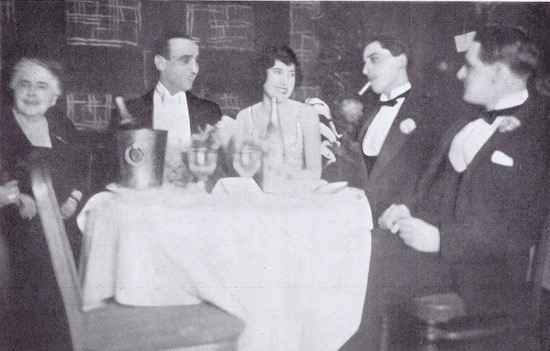
For the winter season, the venue was taken over by Max Roger Louis Lolivrel and renamed Rector’s Club. The grand opening was on 5th October 1923 and once again Pilcer staged the shows with the American film and stage actress Pearl White (who had been the star of La Revue des Etoiles at the Casino de Paris in 1922) and the Spanish singer and actress Raquel Meller, along with Albert Davison and his Chrichton Band from the Embassy Club, London and Tano Genaro, the Argentine Tango band.
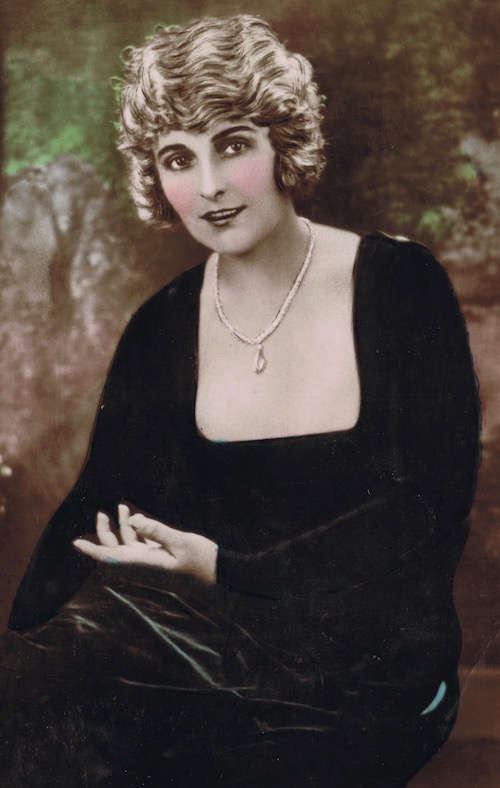

Later, in November the famed French artist Spinelly appeared. By December 1923 the programme included comic Frattellini brothers and the dancers Floriane and Revel and by January 1924 The Lyricals Jazz Band were added.

Rather scathingly, the Sketch observed developments from London and pontificated that ‘the way in which that part of Paris which amuses itself is becoming more and more American’ was well illustrated by Pilcer’s Rector’s Club. At the same time, it was observed by The Bystander, that it was extremely difficult to get in. There was an armed guard of officials in evening dress in the doorway who screened everyone and only those with a reservation or a well-known name were let in.
By mid January 1924 the amazing adagio and acrobatic dance team of Gaston and Andree from London appeared, along with Mutt and Jeff and the Spanish dancer Laura de Santelmo. Later, in February, Magliani and Berger displayed their sensational dancing and in March Carmelita Espana, Les Saschoff, Gaston and Andree and the 8 Academy Girls (English girls in song and dance) were featured.

In April 1924 Fay Harcourt and Harry Cahill were displaying their dancing prowess with the Palm Beach Five from New York, followed by the dancing team of Cortez and Peggy for four weeks.
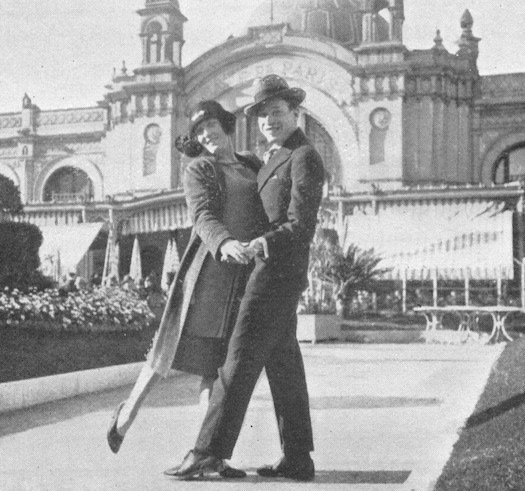

After a few weeks of closure, Rector’s re-opened in mid-June with the dancing team of Florence Walton and Leon Leitrim. There appeared to be a hiatus during the rest of the summer and finally Rector’s re-opened again in November but this time under the sole direction of Harry Pilcer and renamed Les Acacias. The indoor restaurant or grill room had been transformed from floor to ceiling by Maurice Chalom in a Chinese style in black and red, making it one of the most attractive dancings in Paris being called a ‘Palais Chinois’.

Presumably, the Chinese décor continued outdoors in the garden. There was now a glass dancing floor with water beneath, which Pilcer had installed in Biarritz. Vogue observed that on warm nights it meant a prolongation of open air dancing because of the delightful garden opening out of the dancing room that Pilcer had ‘so amusingly decorated.’

Pilcer’s brother Murray Pilcer and his jazz band performed (from Ciros in London) and there was exhibition dancing from Marguerite and Frank Gill. Interestingly, later in March 1925, the previous owner of Rector’s, Max Lolivrel was declared bankrupt, which was clearly the impetus for Pilcer to take on Rector’s completely.

In early 1925, Pilcer presented the great Spanish Actress Mercedes Seros with the Sarrablo Orchestra, along with Billy Max Sticklen’s Orchestra and in April the glamorous Guy Sisters took the stage and American dancers Billy Johnson and Eddie Lewis also danced. In May American dancers Bernard and Rich with Dora Duby were starred and one gala showcased Jack Dempsey and Georges Carpenter.
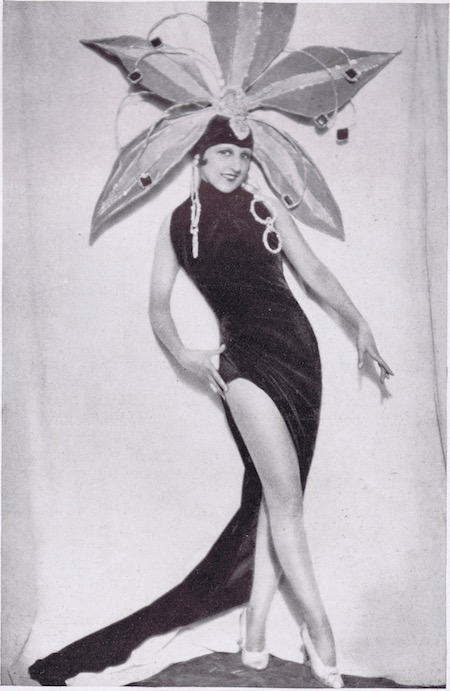
After a short break, Les Acacias reopened in mid-June and Bernard and Rich continued, along with the extraordinary dancing of Clifton Webb and Mary Hay and in early-July a gala brought back the American dancing duo Cortez and Peggy.

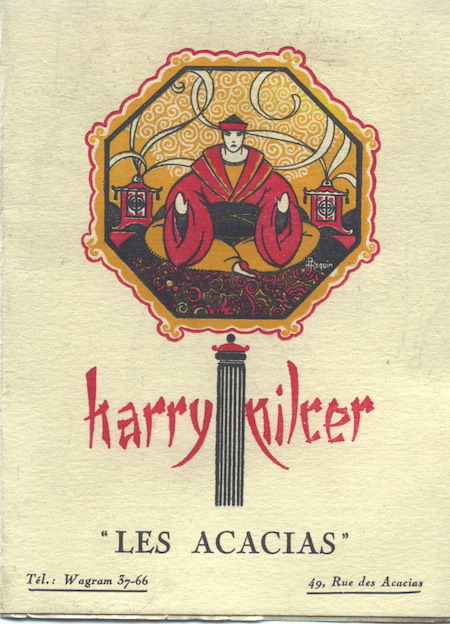
The venue at the time was being described as ‘the smartest place, where you meet the smartest people.’ By late July the programme featured Jenesko and Yvonne Accent along with Harry Denny and his Notre Dame Collegians and at some point the Guy Sisters also joined the fun in another gala.

During August 1925 numerous acts were featured including a return of the dancing team of Moss and Fontana, Claire Luce and the 14 Eltzoff and in September the dancers Peterson and Charlotte followed by Samya and Serge Derujinsky were seen.
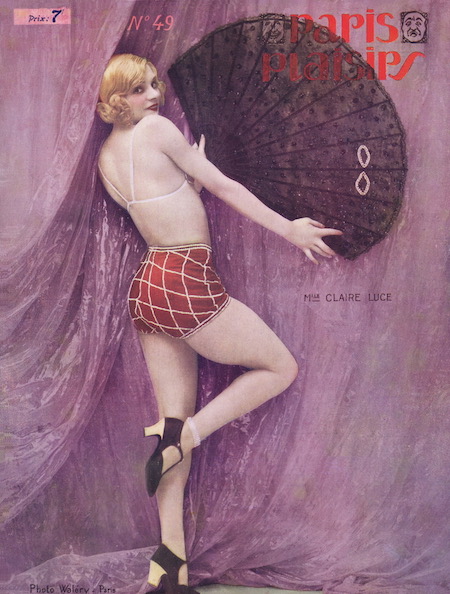

In November 1925 there was a very public spat between Mistinguett and the Dolly Sisters over billing and involvement for the new Moulin Rouge show. In the end the Dollies pulled out of the show and were fortunate to join Maurice Chevalier at the Casino de Paris in Paris En Fleurs. The Dollies also won a law-suit against the Moulin Rouge management and donated all the proceeds to charity. To celebrate they trouped off with Harry Pilcer to the Acacias and made several appearances dancing with him. Seemingly, thereafter, Harry Pilcer relinquished his interest in Les Acacias and the resort laid dormant until the Spring of 1926.

At this time the legendary ballroom dancer Maurice Mouvet arrived in Paris with his new wife Eleanora Ambrose and perhaps in conjunction with brother Oscar Mouvet took a lease on the venue. The entire interior had been transformed by the artist Ronsin from a Chinese room to a garden spot in Normandy amid apple blossom, red and white checked sash curtains, window pots of red geraniums, red and white lights and painted panels on the ceiling representing quaint rural houses and jolly peasants.
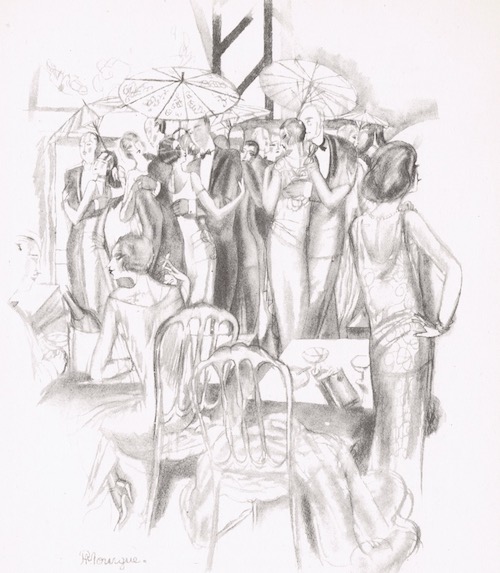
The opening night was on 28thApril 1925 with a gala featuring the exquisite and graceful dancing of Mouvet and Ambrose that proved to be a huge success and ran for the summer season.

Once again, Les Acacias appears to have laid dormant for several months but was then taken under new management by MM Cesar and Jean with the artistic director Franco di Aferio with a grand re-opening in early October 1926. There were once again tea and evening dances and the evening entertainment featured the celebrated dancers the Estellers with the Regent Syno Jazz Band and the original Argentine tango of Jose Colombo.
Les Acacias was still running as a venue in December 1926 presumably under the same management but then was closed for the early part of 1927. It re-opened with afternoon teas and then midnight suppers with a show that starred the incomparable Josephine Baker, who was doubling at the time in the Folies Bergere revue Un Vent de Folie and the Jacob’s Jazz Band. Whether this venture was still under the same management or something different is not clear. In June 1926 adverts described the place as ‘the elegant rendezvous of Paris’ and listed tea at 5pm in select surroundings and shaded gardens and midnight suppers with dancing and a fashionable cabaret.

After a closure in August 1927, Les Acacias re-opened again at the beginning of September 1927 with Johnny Hudgins as chief attraction and the Happy eight Jazz band and the Filippi Eight Jazz band. Once again the venue was transformed with a new decoration scheme. Hudgins was another Afro-American star, who had arrived in London and Paris with Florence Mills as part of Lew Leslie’s Blackbirds troupe and was described as a pantomimist and dancing comedian. In early August it was being reported that Hudgins was considering opening his own cabaret for the winter in Paris. His engagement in the Ambassadeurs show Broadway to Paris closed 15thAugust and his next big engagement was for the Moulin Rouge in the winter of 1927 so it looks like he may well have leased Les Acacias. His show carried on through October along with the ballroom dancing of Anna Ludmila and Jack Chaney.

Seemingly, Les Acacias carried on as an open-air restaurant in 1928, but was never the same again.
Sources
Chicago Tribune 13/5/20
Chicago Tribune 7/7/21
Chicago Tribune 14/7/21
The Tatler 10/5/22
Variety 7/7/22
Lew Leslie clipping file NYPL
Tatler 7/7/22
Eve 14/6/22
Vogue (UK) 1 Aug 1922
Chicago Tribune 10/10/22
Chicago Tribune 16/11/22
L’Intransideant 13/4/23
Variety 17/5/23
Dancing Times May 1923
L’Intransideant 5/7/23
Chicago Tribune 3/10/23
Variety 4/10/23
Chicago Tribune 21/11/23
Chicago Tribune 10/12/23
Chicago Tribune 12/1/24
Chicago Tribune 25/1/24
Chicago Tribune 22/2/24
Chicago Tribune 2/4/24
Chicago Tribune 15/4/24
Chicago Tribune 19/6/24
Chicago Tribune 19/11/24
Chicago Tribune 22/11/24
Dancing Times December 1924
L’Homme Libre 14/3/25
Chicago Tribune 1/1/25
Vogue US 15 May 1925
Chicago Tribune 16/4/25
L’Intransigeant 31/5/25
Chicago Tribune 19/5/25
Variety 3/6/25
Chicago Tribune 17/6/25
Chicago Tribune 20/6/25
Chicago Tribune 5/7/25
Chicago Tribune 25/7/25
Chicago Tribune 31/7/25
Chicago Tribune 14/8/25
Chicago Tribune 19/8/25
Chicago Tribune 2/9/25
Chicago Tribune 8/9/25
Illustrated Sporting and Dramatic New 21/11/25
Chicago Tribune 27/4/26
Chicago Tribune 28/4/26
Eve 30/6/26
Chicago Tribune 9/10/26
The Sketch 31/10/23
Chicago Tribune 9/5/27
Chicago Tribune 13/6/27
Chicago Tribune 7 /9/27
Variety 3/8/27
Dancing Times October 1927
Bystander 30/1/24
The Paris That’s Not in the Guide Books by Basil Woon
RSVP Elsa Maxwell
Patou by Meredith Etherington-Smith
Days and Nights in Montmartre and the Latin Quarter by Ralph Nevill


Enjoying your articles.
Curious about the White Lyres Havana Band reference. I have never seen Havana Band included as part of the band name during my research, possibly this was from a newspaper article referring to their style?
Would you know which reference has the band playing at Les Acacias? I know from Bill Henly’s ephemera and letters that they played at L’Ermitage de Longchamp in the Bois de Boulogne during the summer of 1922.
I will have a look through your list of references, which is greatly appreciated, although I don’t have access to all of them at the moment.